Winter Garden Experiments
rockwhisperer OK zone 6A
5 years ago
Featured Answer
Comments (8)
dbarron
5 years agobeth_b_kodiak
5 years agoRelated Discussions
Experiences winter sowing peppers?
Comments (8)Tomatoes and peppers are so durned easy to sow, and the plants are so big (thus limiting the numbers that you will want to grow), that I don't see any advantage to winter sowing them. Plus, they are quite frost-tender, so it would be more prudent to start them under far more controlled conditions. The only extra work that is really justifiable with pepper plants is overwintering mature plants. Peppers are actually a tender perennial, so each fall when the hard frost threatens, I dig up and pot each of my pepper plants. Then when you set them out in the spring they already have a monstrous root system and you get big peppers weeks earlier than if you had started from seedings. Some of my pepper plants are five years old. I may have erred this fall by not devoting enough energy to properly potting my peppers--I was distracted trying to harvest green tomatoes. In a couple months I'll be able to tell if any peppers survived my poor handling. It will be a shame if I lost the five-year-olds......See MoreWhat is your experience with Agave ovatifolia in winter?
Comments (4)Mine got tons of water this winter and it got down to 12 degrees outside and it did not blink an eye, not a mar, black spot, rot, dry crinkly foliage. It is perfect. As I look around the nurseries, I see a lot of agave being sold as A. ovatifolia that are different in appearance than mine. I have a very light silvery broad leafed model. There are many that are called A. ovatifolia that are darker grey and the leaves are not as broad but wavey. They look like A. Mr. Ripple. If yours is like that one, I could not say because my Mr. ripple showed a bit of damage but nothing it can't live through....See MoreFirst winter in Ohio--garden winterizing tips needed
Comments (8)I just hang my hoses in the garage and purchase a foam rubber cover for my spigots. My parents do nothing and that works fine too for them. I don't know what an older home needs - mine was built in 1964. In January or February, we sometimes get a warm spell here. That's when I cut down the grasses and some perennials. I'm in the process of yanking annuals and running them under a mulching blade or throwing them in the compost pile. Last year I staked my new raspberry canes in the fall and I lost a few. I'm going to wait until spring. Your perennials should be fine. I leave some leaves and stuff in there for insulation - it's not this sterile clean bed my neighbors favor. On to milk jugs and winter sowing. See you guys over there! We're already having fun and the solstice is just a month or so away!!!!!...See MoreWinter Sowing is a great experience...........let's count the ways
Comments (0)The list below was taken from an actual forum post, the comments are the replies to that post. I've left them anonymous with respect to the privacy of the posters. My thanks to all the wonderful gardeners who shared their thoughts. There's nothing quite so nice as unsolicited comment! Trudi 1- I am a conservationist and environmentalist, and Winter Sowing fits right into my philosophy base, scrounging about for the containers, organic methods, etc. 2- We didn't have to baby them though the Winter like indoor grown. 3- I get inspired to do and try things I never would have before. 4- Unlike direct sowing, I don't have to guess which is the seedling and which is the weed. 5. Growing through tough, natural conditions, Winter Sown seedlings will become tougher plants! No need for hardening off. 6. It allows me to get my hands in the dirt and do some gardening in the month of January! 7. It's a way for me to fill my garden with plants I could never afford to purchase. 8. It gives you enough to share with your neighbors, garden club, friends at work (even strangers) and still have more than enough for yourself (while at the same time making Winter Sow converts as you explain just HOW you are able to be so generous)!! 9. It means I was still able to start seeds, despite the fact that the basement has been unusable for the last 6 months, while work is being done in there. 10. Winter sowing has allowed me to "grow my own" this year, especially some herbs that I was planning to buy from a nursery. When I found this forum I sent my order to Artistic Gardens for seed instead of plants, and saved a LOT of money. LOVE it. 11. I enjoy explaining it to my non-believing gardening friends that indeed it really does work, and being patient pays off. I have thousands of plants to share, but not sure I will do it with these friends until they too BELIEVE. 12. Having a much better understanding about the "tough love" that mother nature hands out, and believing in the natural order of things. 13. A lot less fungus gnats in the house, and a lot less damping off disease with the baby sprouts. 14. Bye, bye white fly! 15. It got me through the February blues! 16. Next year I'll be better organized and grow more and more and more!!! 17. Part of the greatest, must supportive, team oriented family on GardenWeb. 18. No watering chores. Here in the Pacific NW, Mother Nature takes care of it for me! 19. Lots of successes and new things to try or an opportunity to try something that you have failed at before and succeed. 20. I started Winter Sowing believing that the cold weather was the seeds and seedlings adversary, now I understand it's the heat....See Morerockwhisperer OK zone 6A
5 years agorockwhisperer OK zone 6A
5 years agoBruce (Vancouver Island)
5 years agotreenoflane
5 years agozen_man
4 years agolast modified: 4 years ago
Related Stories

GARDENING GUIDESGarden Myths to Debunk as You Dig This Fall and Rest Over Winter
Termites hate wood mulch, don’t amend soil for trees, avoid gravel in planters — and more nuggets of garden wisdom
Full Story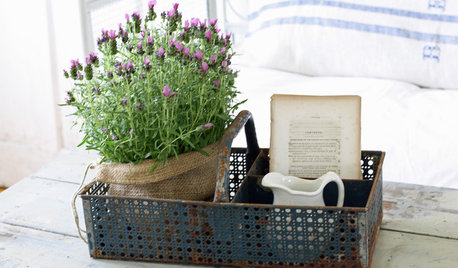
HOUSEPLANTSOutsmart Winter — Make Houseplants of Your Garden Growers
No need to watch Jack Frost play Wreck the Rosemary. Bring your garden inside for the winter, using containers and these guidelines
Full Story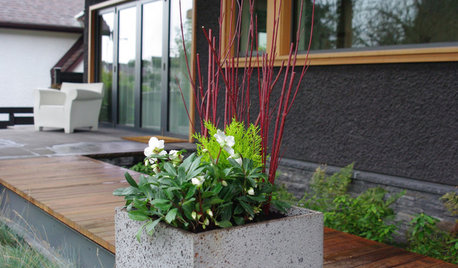
WINTER GARDENING7 Container Plantings to Bring Winter Gardens to Life
Adding instant color but with long-lasting practicality, these plant groupings are bright spots in a slumbering wintertime garden
Full Story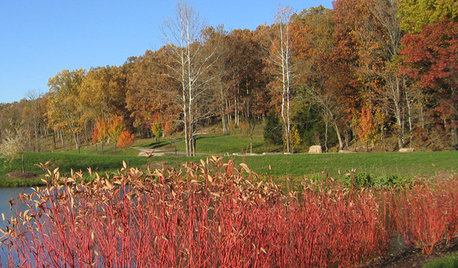
GARDENING GUIDESThese Hedges Can Add Interest to Your Winter Garden
Evergreen trees and shrubs provide structure and color in the winter months — and can attract wildlife too
Full Story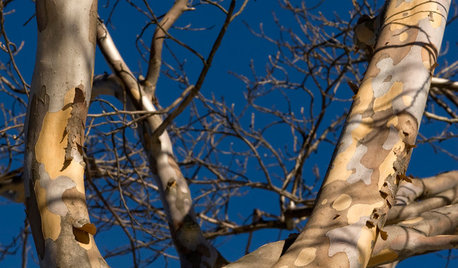
WINTER GARDENING8 Gorgeous Trees for Winter Interest in the Garden
Intriguing forms and beautiful branches take center stage when color heads back into the wings of the winter landscape
Full Story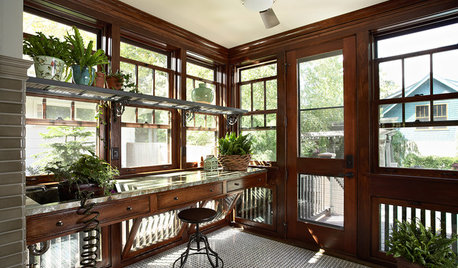
WINTER GARDENINGWinter Gardening: Ideas for a Dream Potting Room
Check out potting rooms that get indoor gardening right — and learn tips for creating your own
Full Story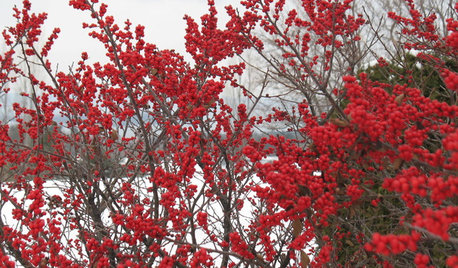
GARDENING GUIDES6 Rockin’ Red Plants for Winter Gardens
Use the bright berries or branches of these cold-climate favorites for outdoor garden interest or container arrangements anywhere
Full Story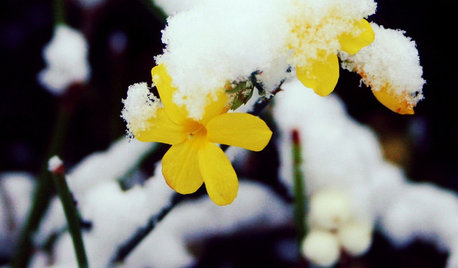
YELLOW FLOWERSGreat Design Plant: Winter Jasmine Gladdens Snowy Gardens
Sunny yellow flowers defy the frost, bringing cheer to the garden on gray days
Full Story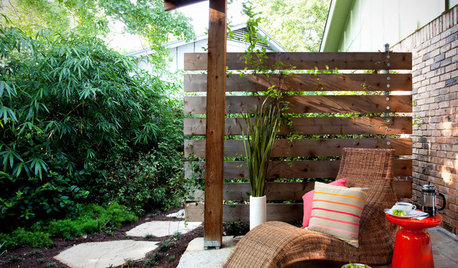
LANDSCAPE DESIGNThe Best Winter Garden Project? Plan for Next Year
Consider these 9 ideas now for a highly personal, truly enjoyable garden come spring
Full Story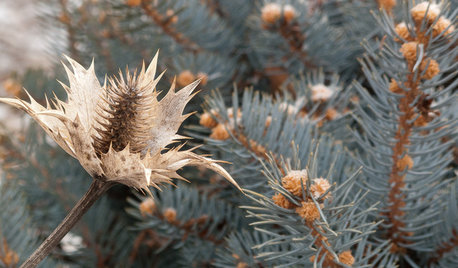
WINTER GARDENINGInspiring Winter Scenes From the Denver Botanic Gardens
Use seed heads, bare branches and grasses to design lovely garden displays when the ground is frozen
Full Story


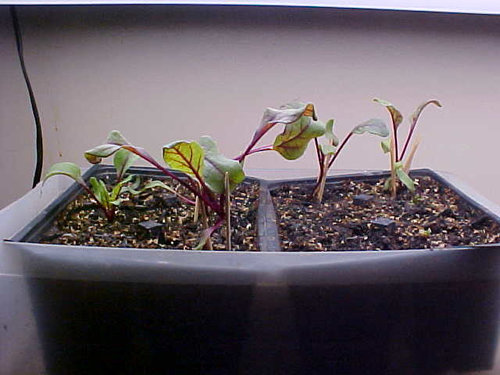


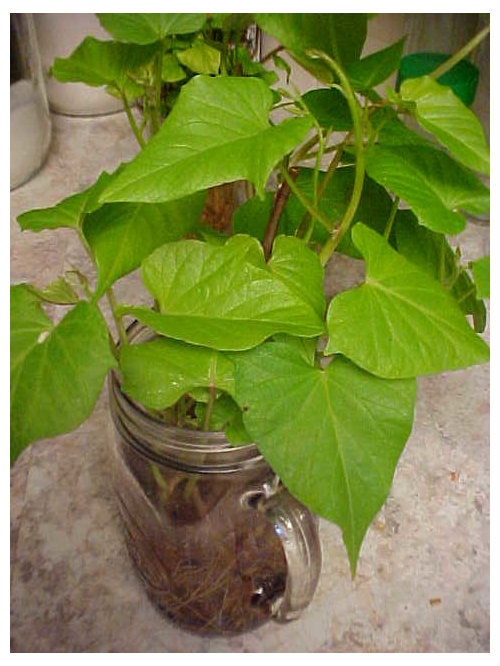

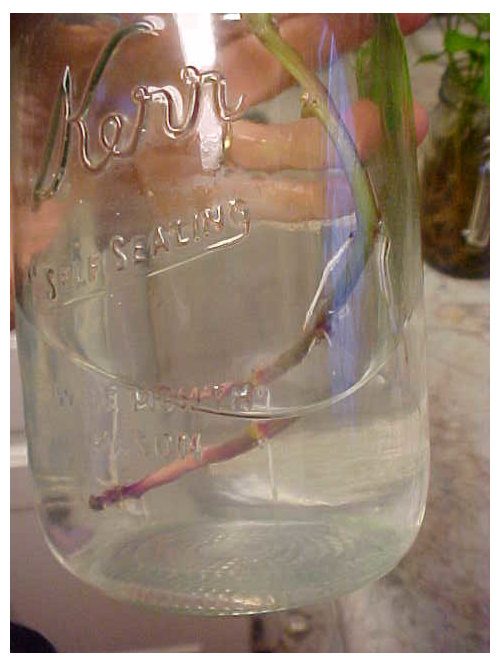
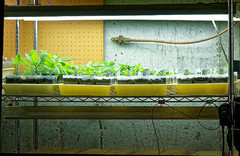

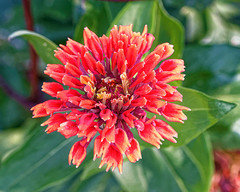
Bruce (Vancouver Island)